Climbing Bignonia: [Characteristics, Care, Planting and Pruning]
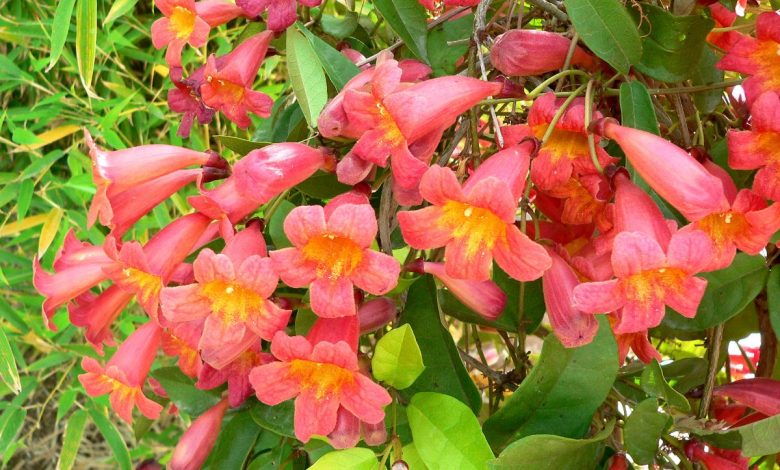
Important points when sowing climbing Bignonia:
- When? In mid-spring preferably.
- Where? Outdoors, whether it is going to be in full sun exposure or in partial shade.
- How do we prepare the land? You must use a good quality substrate with an addition of organic fertilizer to improve nutritional conditions.
- How should we water? By dripping, providing enough water but taking care not to flood to prevent the roots from rotting.
- How often do you have to water? The frequency will be determined by the time of year. Normally he will go 1 to 2 times a week in the cooler seasons and increase to 3 or 4 in the hotter ones.
- What care do you need? It is not very demanding. With a nourished soil, timely watering and pruning when convenient, it will be more than enough.
- What pests and diseases does it have? It is very resistant to all kinds of pests and diseases. In very dry and hot environments the red spider could appear. The most common diseases are due to poor irrigation application.
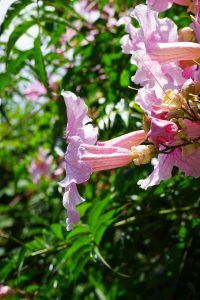 What a beauty to enjoy a fence or fence decorated with a climbing bignonia ! Not only for its incredible flowers, but for the thick foliage that covers the structure.
What a beauty to enjoy a fence or fence decorated with a climbing bignonia ! Not only for its incredible flowers, but for the thick foliage that covers the structure.
The flowers are trumpet-shaped and can vary between yellow and red colors, with versions that mix both.
To keep it healthy and beautiful you do not have to be an expert in agriculture because the best thing is that it is resistant and hardly requires work.
Ready to discover everything about the climbing bignonia? So let’s get to it.
What is climbing bignonia?
The climbing bignonia is a species that proudly belongs to the Bignoniaceae family. It is a species that maintains its foliage intact throughout the year, although there are certain times when it can lose its leaves due to low temperatures.
This should be considered before planting if you live in an area with frost in winter. It has green foliage and flowers that make a perfect contrast with the environment.
Thanks to these characteristics, it is possible to give it a special location in the area that you prefer, knowing that it will impact everyone who sees it.
What kind of plant is the climbing bignonia?
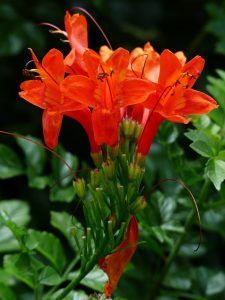 The climbing bignonia is a climbing plant, as its name indicates, that usually adheres to structures through the formation of some kind of rings.
The climbing bignonia is a climbing plant, as its name indicates, that usually adheres to structures through the formation of some kind of rings.
It is a very noble species when planting because it remains leafy all year round in tropical or Mediterranean climates.
Even in areas where temperate climates are generated, but which are not very strong, this plant is capable of surviving without complications.
How to care for climbing bignonia?
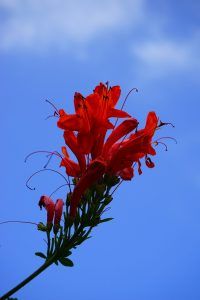 The care of this species is the most exciting part of this whole topic because it practically does not require anything.It is possible to keep it in full sun or partial shade depending on the characteristics of the environment.
The care of this species is the most exciting part of this whole topic because it practically does not require anything.It is possible to keep it in full sun or partial shade depending on the characteristics of the environment.
It also conveniently adapts to the temperature changes that occur throughout the year, being able to withstand not very cold winters.
The only factor that is important to control regarding the possible appearance of pests or diseases is humidity. At the level of irrigation, it is required according to the conditions that are manifesting in the environment, establishing a more frequent schedule in summer.
Excessive watering can harm the roots, leading to death, so it is necessary to note that the planting land must have good drainage.
When is the climbing bignonia planted?
The best time to work with this species is during the middle of spring when we get cuttings that do not yet have a hard structure. In addition to that, the climate is convenient because it is not very hot and the humidity of the environment is usually favorable.
How is the climbing bignonia planted?
Bignonia is transplanted when the conditions of the seedling are appropriate and it should be done to a space with a substrate with good characteristics.
The opportune contribution of organic fertilizers, such as homemade compost, can motivate the plant to be more vigorous as it develops.
In addition, it is necessary to maintain a nutritional supply rate in the future that ensures that flower production will be convenient. In lands that are fertile and nourished, the organic fertilizer can be maintained.
In those with special characteristics, it will be better to bet on complex subscriptions. Remember to keep the base of the trunk clean and free of any type of weed that could become a gateway for pests or diseases.
How does climbing bignonia reproduce?
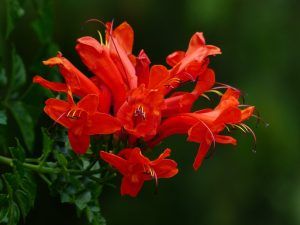 Reproduction is also a very simple matter because it is usually done from cuttings of semi-woody consistency.
Reproduction is also a very simple matter because it is usually done from cuttings of semi-woody consistency.
Thanks to this breeding system, it is possible to duplicate the good characteristics of a plant that you already have available or that you have seen.
Make sure to plant the cutting in mid- spring for the most favorable environmental conditions. You can have this cutting in a pot with a little substrate, fertilizer and relative but constant humidity.
After it develops more or less strong roots, you can proceed to transplant to the final place.
How to prune the climbing bignonia plant?
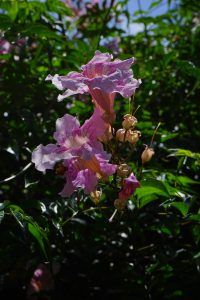 Sometimes, the growth of bignonia can become disruptive, preventing the flow of air inside and taking up more space than it should.
Sometimes, the growth of bignonia can become disruptive, preventing the flow of air inside and taking up more space than it should.
Given this reality, pruning is the most convenient and it is only necessary to work on it in order to eliminate the parts in poor condition and reduce the size of the branches.
Try to do it after the flowering season has passed so that it has a chance to recover before the next cycle. The climbing bignonia is a plant with excellent characteristics to enjoy in houses and give a different touch to the garden.
It can be useful for many functions in addition to the decorative theme, for example to provide privacy or to create divisions within the garden. The best thing is that since it is not very demanding, you will hardly have to dedicate a little time to see it as in the best graphics that exist on the internet.
Bibliographic references
- Ornamental botany.Climbing Bignonias grown in Spain, JMS by Lorenzo Cáceres – … Bulletin of the Spanish Association of …, 2002 – dialnet.unirioja.es
- Climbing Plants, S Buczacki – 1995 – books.google.com
- The families Acanthaceae and Bignoniaceae in the ornamental flora of Seville, I Trujillo Rodríguez – 2019 – idus.us.es
- Climbing plants: biological type and classification, PA Cabanillas, JA Hurrell – Morphological Sciences, 2012 – digital.cic.gba.gob.ar
- The Movements and Habits of Climbing Plants, C Darwin – 2009 – books.google.com

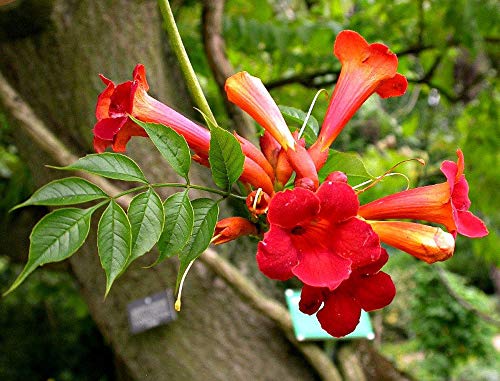
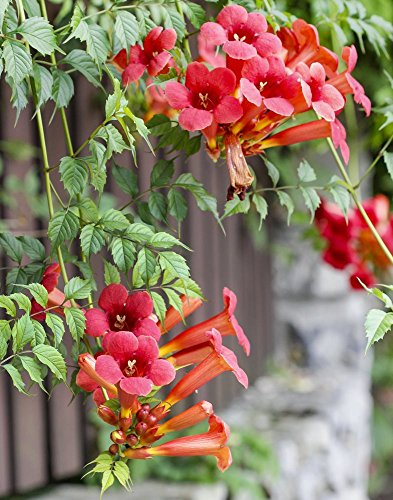

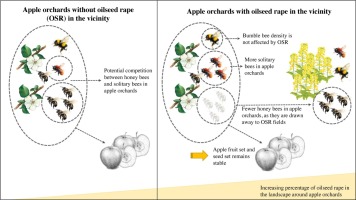
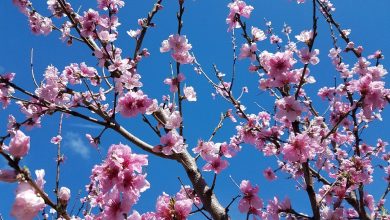
![Photo of Plant Rhododendron in your Garden: [Complete Guide + Important Points]](https://www.complete-gardening.com/wp-content/uploads/2022/08/plant-rhododendron-in-your-garden-complete-guide-important-points-390x220.jpg)